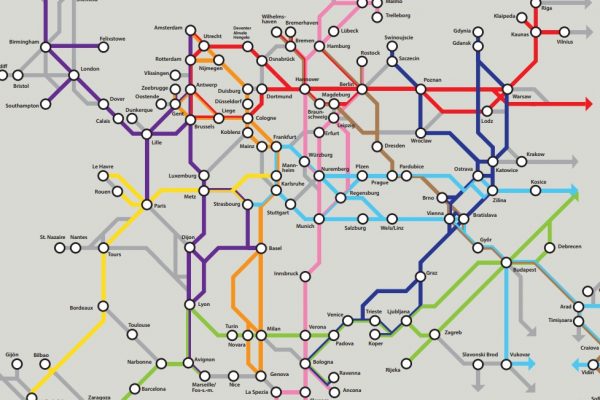Clusters 2.0 Final event
Relive our webinars 
The vision of CLUSTERS 2.0
Coordination
Enhancing and advancing towards a better co-ordination between logistics actors in clusters
Connectivity
Improving coordination and connectivity between European logistics clusters
Openness
Making optimal use of an Open Network of Logistics Clusters
What is CLUSTERS 2.0 providing?
Logistics solutions
Innovations and solutions for a more efficient and more sustainable logistics.
Asset management
Optimized handover and asset management through real time services at depots and terminals
Governance models
Newly developed governance models introducing the role of a neutral agent forming the basis for new business model
Regulations
Regulation and policy enhancing the set-up of collaborative cluster environments
CLUSTERS 2.0 living labs




